Premium Only Content
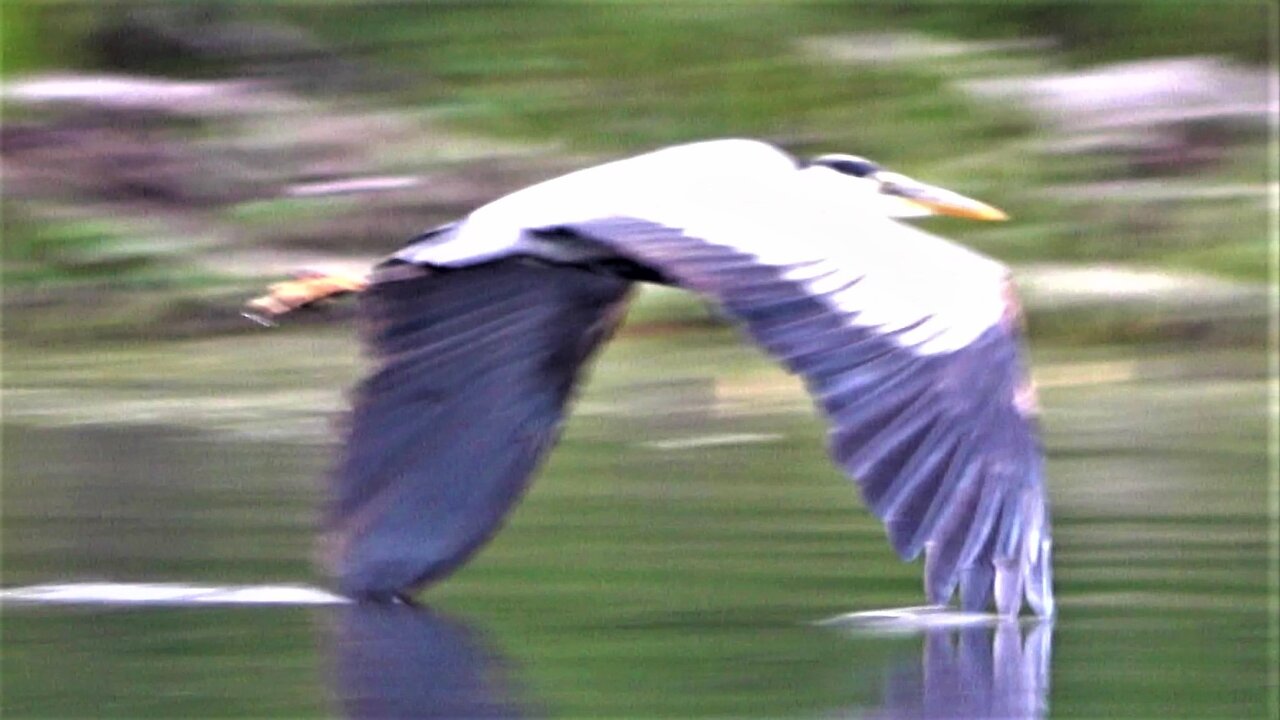
Great Blue Herons skim the surface of the lake as they fly in to land
Great Blue Herons are among the largest birds in North America. With a wingspan that can reach over 2m (6.5 feet), only eagles and swans are larger. They are a beautiful sight to see, most frequently observed as they wade in the shallows along the shores of lakes and rivers, preying on small fish and frogs. Occasionally, they can be seen in flight as they skim over lakes in search of a spot to land in search of food.
These two herons gracefully made their way along the shore of a remote lake in Northern Ontario, Canada. They smoothly skimmed the surface, actually touching the water with their wings as they flew. After making a beautiful pass together, they curved in toward a small bay full of trees and weeds.
This is a mating pair that will hunt together and nest together, each taking part on raising and feeding the young chicks. Great Blue Herons are monogamous for the breeding season but they will choose a new mate each year. The male returns to the nesting grounds first and selects a suitable nest from the left over construction from the year before. When the females arrive, the courtship process begins and the herons pair up for the new breeding season.
The herons will have a full time job protecting the eggs and the chicks from predators that include bears, raccoons, foxes, ravens, and hawks. Once full grown, the only predator that dares to attack a Great Blue Heron is a bald eagle. Their powerful dagger-like bills make them a formidable foe and a heron can strike with lightning speed, seriously wounding any large animal. Disruption and interference by humans during nesting is also a common issue that affects the herons, as they will abandon their nests if disturbed.
This pair of herons was a delightful and lucky sight for a thrilled Canadian cottager who just happened to have her camera at the ready. Capturing the birds in flight, especially at such a close distance is a memorable experience.
-
 0:39
0:39
ViralHog
5 years ago $0.04 earnedSquirrel Has a Great Fence-Side Performance
5341 -
 0:49
0:49
BigSexysPlayground
5 years ago $4.11 earnedScuba diver records gigantic teeth of great barracuda
7.98K7 -
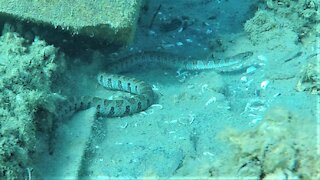 0:42
0:42
WildCreatures
4 years ago $7.79 earnedScuba divers meet a water snake hunting 30 feet beneath the surface
6.1K2 -
 0:35
0:35
SharkDiver
5 years ago $64.90 earnedGreat White Shark attacks diver's cage
83.3K1 -
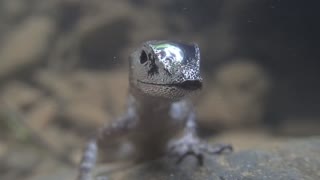 0:14
0:14
ViralHog
5 years ago $0.01 earnedLizard Breaths Beneath the Surface
141 -
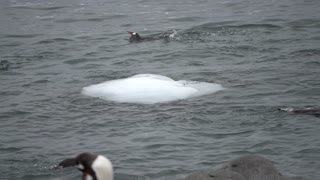 1:33
1:33
ViralHog
5 years ago $0.72 earnedPenguins Can't Land on Slipper Iceberg
5.05K -
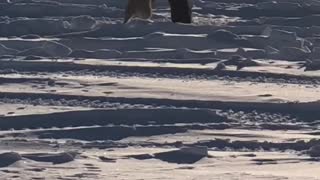 5:08
5:08
ViralHog
5 years agoBlue and Red Foxes Dance in the Snow
77 -
 0:27
0:27
DolphinDroneDom
5 years ago $8.93 earnedBlue whale mom & calf majestically filmed from drone
5.63K -
 0:21
0:21
ViralHog
5 years agoBlue Wing Kookaburra Munches on a Mouse
83 -
 4:49
4:49
dmitryirk
5 years agoflight to the Great lake Baikal, mount Shumak.
411